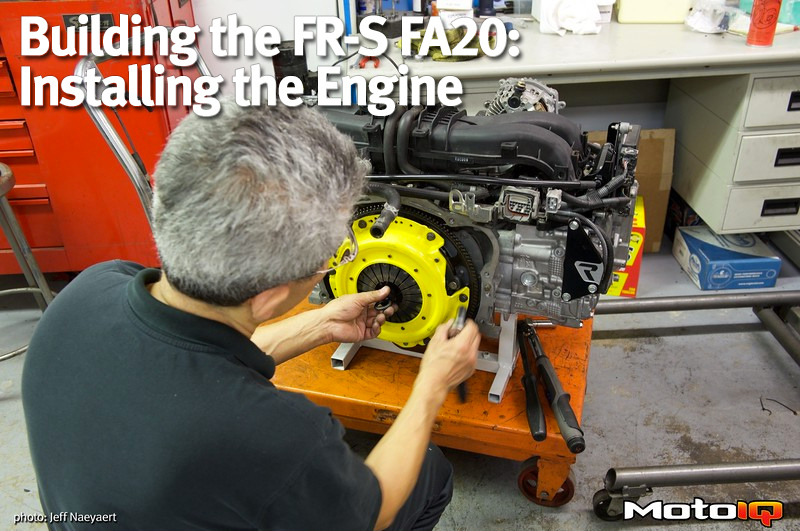,


Radium engineering now makes a self-draining larger capacity catch can/filter much like what we used on Project STI that installs in this location as well. This system removes moisture from the blow-by oil and returns it to the crankcase.

The Delicious Tuning flex fuel system will allow any percentage of E-85 to gas, so it is a seamless, very convenient, and safe way to run E-85. The kit is very simple to install, requiring a flex fuel sensor be added to the fuel feed line and the ECU reflashed using the Ecu-Tek tuning suite.
With all the cool parts in place, it was time to fire her up and do some tuning! Ronnie Diaz at R&D tuning used Ecu-Tek software to tune the engine on a mixture of 50% pump gas and 50% ethanol. For conservative tuning on a street engine, most of the gains in detonation reduction seen by ethanol are found with a total ethanol content of 50-60%. When the car is running 100% E-85, it will be a very safe tune indeed.

The linear rising powerband and torque curve are characteristics of the centrifugal Vortech supercharger and are a good thing because the stock transmission becomes iffy at around these power levels and the gradual rise in power and torque are a lot easier on the drivetrain.
With our new engine, the Stay Crushing FR-S is no longer a show car poser but seriously fast. The power delivery of the engine gives a feeling that the power just wants to build and build, rocketing to the fuel cut. If we were not being conservative with the rev limit, the power would continue to climb to 8000 rpm.
Well, now Robert wants more and is talking about turning the screws on his blower up even more as the Vortech V-2 has a lot of headspace to go before it runs out of breath. We told him he needs to do something to the transmission first before that and maybe he just needs to go out and have fun with the car first!



